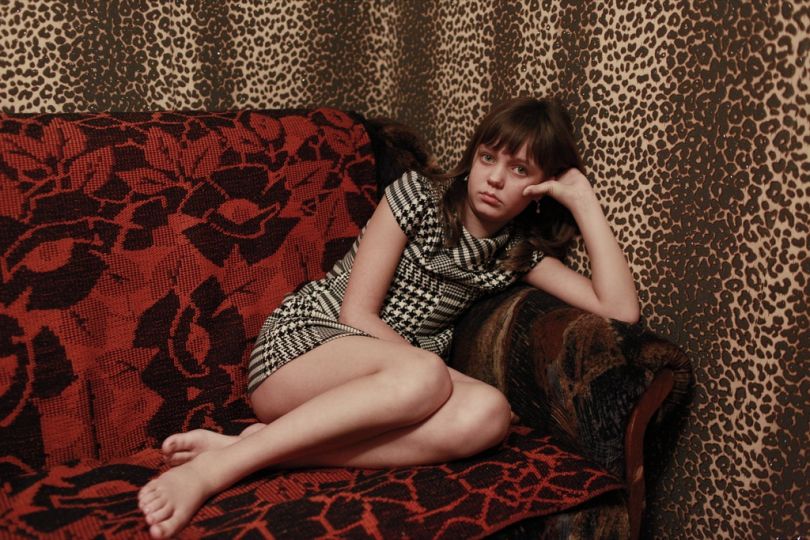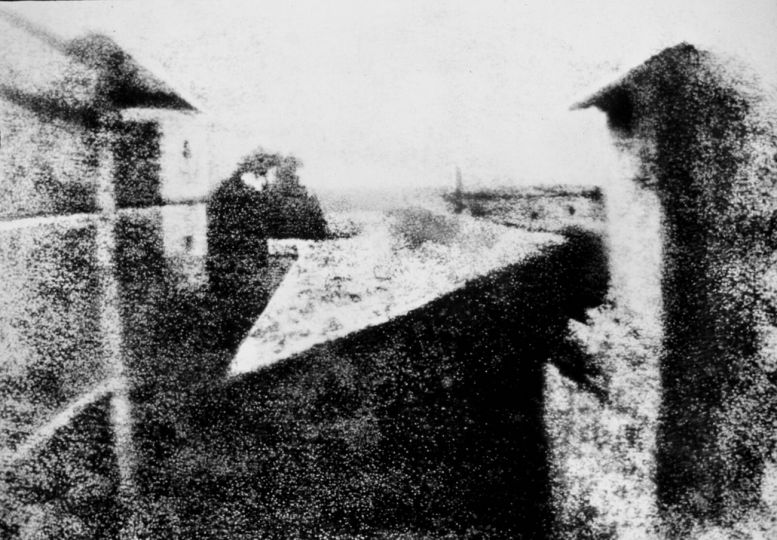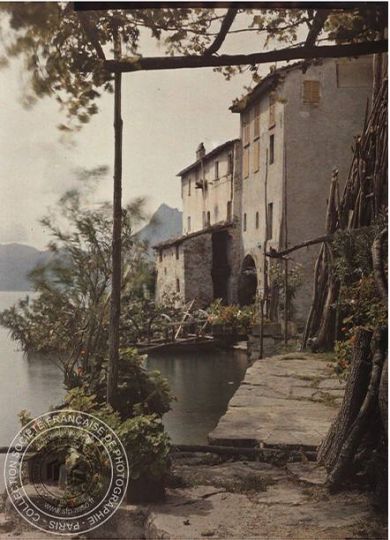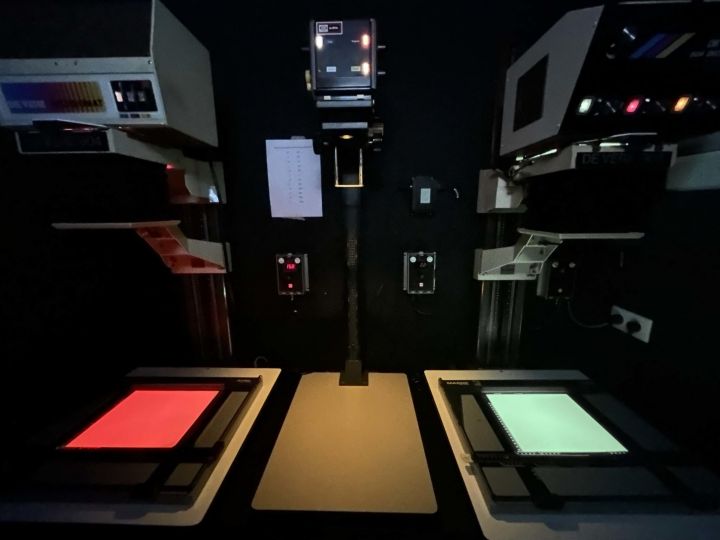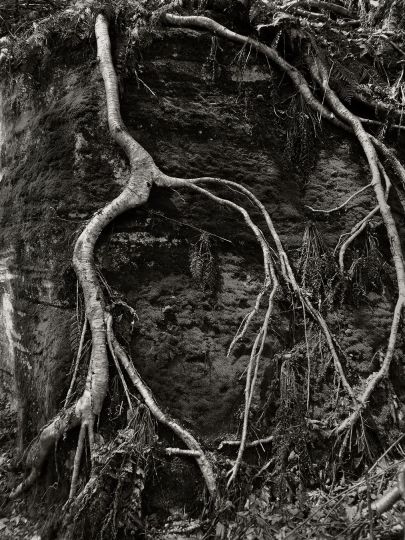A succession of surprising political outcomes sent a jolt through the media. Delivering points of view non-representative of the public at large, political analysts have systematically failed to grasp a reality that is, at best, tenuous. The proliferation of sources of information—not to say their dilution—has already marked out new goals for the printed press; whereas the latest blow to the news establishment spells out a possible explosion of journalism.
While this perspective may be disconcerting to those occupying a privileged position in the Western hegemonic masculine landscape, it is music to the ears of those who have been marginalized and disempowered. The photographer Daniella Zalcman puts it succinctly: “The industry is based on a colonialist model. It has an imperialist attitude. We need to hear the voice of women, or people with a minority background, as well as professionals from developing countries. It will improve the way issues are covered.” The supremacy of objectivity is a thing of the past. We now realize the importance of documenting from within, of giving a member of a given community, whatever it may be, the opportunity to describe the situation, to give us the benefit of their insider’s view.
Be that as it may, an imbalance in the voices admitted to publication continues to be felt today. This is true despite an increase in grants for journalists of color in the United States, the creation of professional initiatives, such as Women in Journalism in the UK or the IWMF in the United States, and the proliferation of training opportunities for photographers in developing countries in Asia, Africa, and South America.
Changing the gender ratios will require that editors expand their contacts, that male colleagues moderate their jokes—“how many times did a male photographer tell me, ‘What a big camera for such a small woman’?,” Daniella Zalcman sighs with exasperation—that successful women become mentors, and that women in general support one another.
This is already true of Women Photograph—both a website and a hashtag on social networks. Launched a month ago by Daniella Zalcman, the project consists for the moment of a directory of some 525 women photographers around the world. “The problem is that we’ve been having a conversation about this issue for five years or more, but nothing is changing,” Daniella Zalcman explained, adding: “I would like editors to think well before they hire.” The site is complete with a digital Rolodex to be used by photography editors and containing professional contacts and references. It is already utilized by seven major publications in the United States. This is only the beginning: the founders of the project cast their sights much farther, starting with the launching of two grants to finance new or in-progress projects. The first grant, supported by the Pulitzer Center and worth $5,000, is directed at established women photographers, while three other grants worth $2,500 each and financed by the camera-bag company ONA will go to emerging visual journalists.
The goal is essentially to stir up the statistics, which show that nearly 50% photography students are women, but the numbers drop by half past the age of 25. “The first five years are critical. I was lucky to be supported at age 20 by an established female photographer who helped me cope with the challenges I faced in my field as a woman,” Daniella Zalcman noted with gratitude, aware how much having this support had helped her build her unique visual vocabulary.
Leslye Davis pointed out in an interview with the journalist James Estrin, recently published on the New York Times Lens blog: “You should be able to be a woman in photojournalism and tell stories from your unique perspective. You should be published, and you should also be able to do that if you’re black and you live in sub-Saharan Africa. Or if you’re Indian, or if you’re Japanese—your unique perspective is valuable, and it’s to the benefit of us all that it be shared.”
Those who remain unconvinced need only to visit the exhibition at the Annenberg Space for Photography in Los Angeles, entitled #girlgaze— after the initiative carried out, among others, by Lynsey Addario and Collier Schorr.
Laurence Cornet
Laurence Cornet is a journalist specializing in photography and independent exhibition curator. She lives in New York and Paris.
Links:
https://www.womenphotograph.com/
https://www.annenbergphotospace.org/exhibits/girlgaze

